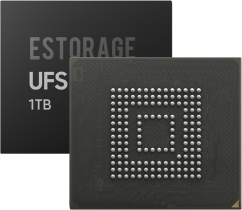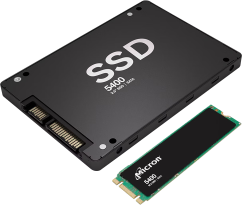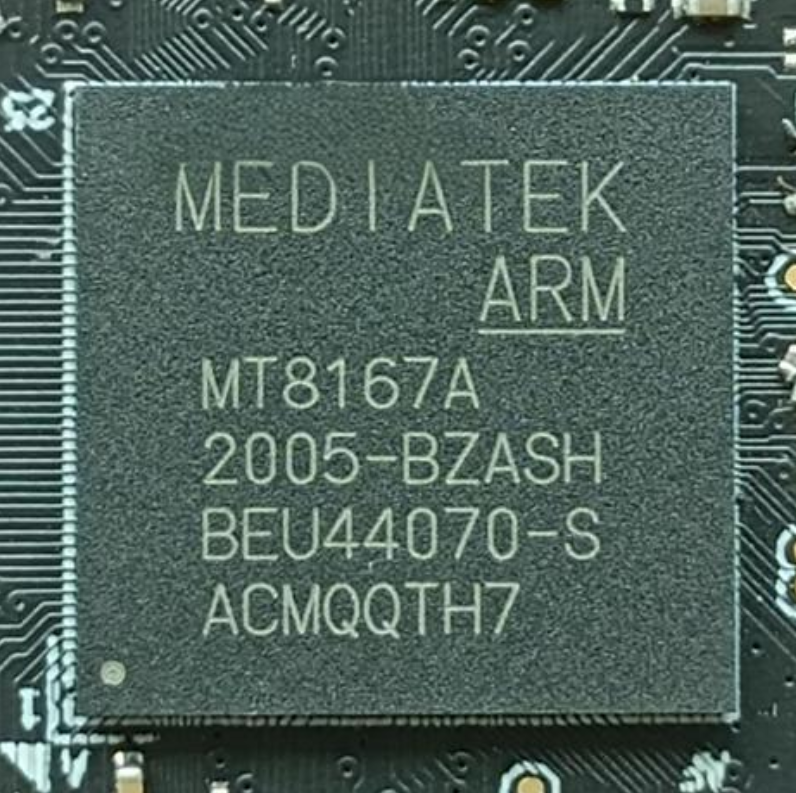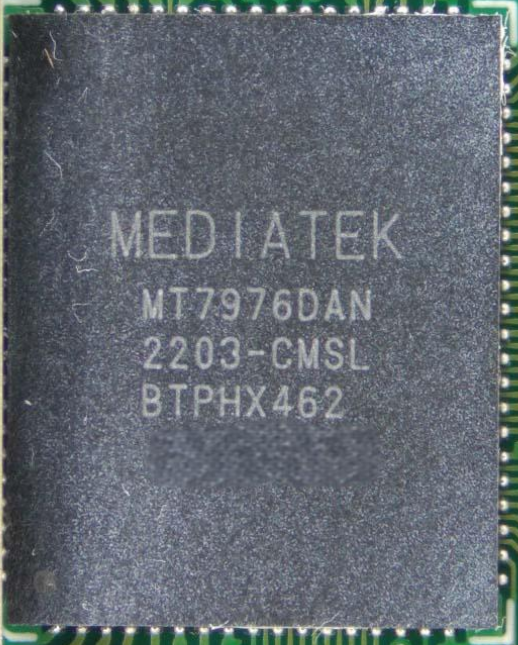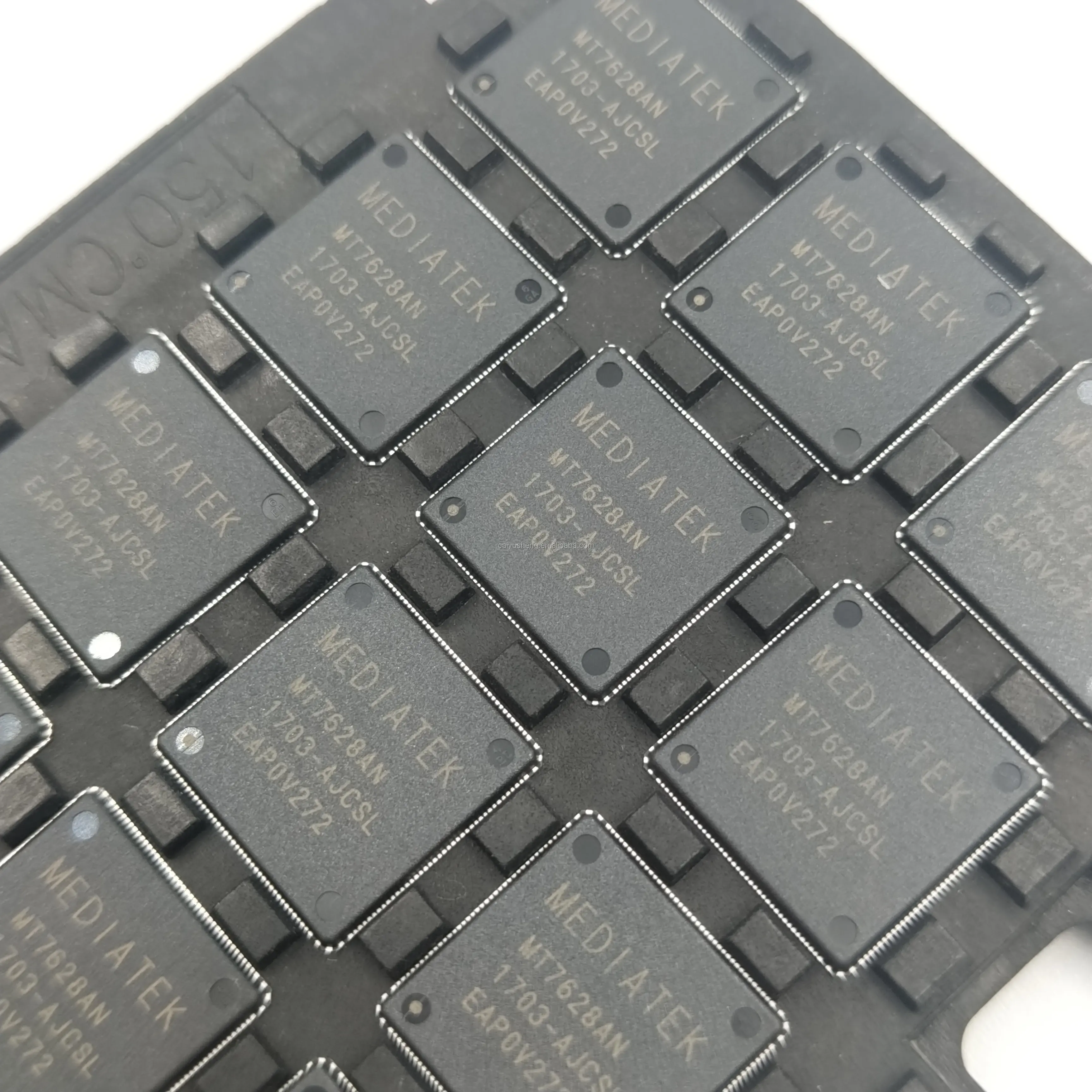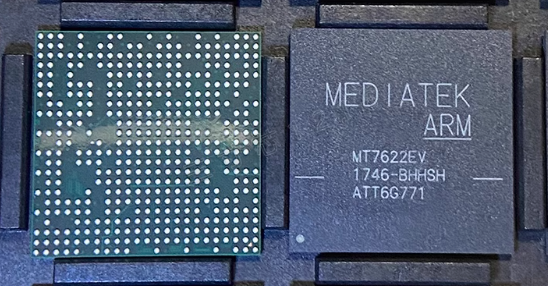Product Description
The MediaTek MT2625DA/SCA is specifically designed to address the growing demand for cellular-connected IoT solutions. It integrates a powerful ARM Cortex-M4 processor with an ultra-low power architecture, making it ideal for edge computing tasks in battery-operated devices. This chip is part of MediaTek’s broader commitment to enabling connected systems through its cellular IoT solutions, focusing on cellular standards such as LTE Cat-1, which strikes a balance between speed, range, and power efficiency.
One of the standout aspects of the MT2625DA/SCA is its combination of cellular, Wi-Fi, and Bluetooth connectivity, offering flexible solutions for diverse IoT use cases. Whether it’s remote sensing, environmental monitoring, or real-time asset tracking, the chip provides the connectivity needed for constant communication between devices and cloud services. The built-in GNSS support is particularly beneficial for applications like geolocation services and real-time tracking, providing precise positioning information without the need for additional modules.
Power efficiency is another key highlight of the MT2625DA/SCA. The chip’s low-power consumption characteristics allow devices to run for extended periods on battery power, making it suitable for remote and off-grid IoT applications. MediaTek has incorporated multiple power-saving modes into the MT2625DA/SCA, which enable the device to go into a deep sleep state when idle, further conserving energy.
Security is a critical consideration for IoT devices, and MediaTek has implemented various hardware and software measures to protect the integrity and privacy of data. The MT2625DA/SCA integrates a secure boot process to prevent unauthorized firmware from running, and hardware-based encryption ensures that sensitive data remains protected during transmission and storage. These security features are essential in preventing hacking and ensuring the trustworthiness of connected devices.
The MT2625DA/SCA is well-suited for industries ranging from agriculture (smart farming, environmental monitoring) to healthcare (wearables, health monitoring systems), logistics (fleet tracking, asset management), and smart cities (smart metering, infrastructure monitoring). Its versatility in terms of connectivity options, combined with its low-power and high-security features, positions it as a robust solution for modern IoT applications. By incorporating cellular connectivity, which is often more reliable in remote areas compared to other communication standards like Wi-Fi or Bluetooth, the MT2625DA/SCA enables IoT devices to function efficiently in a wider variety of environments, even where traditional internet connectivity may be limited or unavailable.
In conclusion, the MediaTek MT2625DA/SCA represents an advanced platform for next-generation IoT applications, offering a combination of low power, high connectivity, and robust security features. These capabilities make it a versatile choice for developers looking to build scalable, secure, and long-lasting connected devices.
Specification
Processor Core:
The MT2625DA/SCA is powered by an ARM Cortex-M4 core, offering a balance of performance and energy efficiency. The processor is optimized for handling low-power tasks, making it suitable for always-on IoT devices.Connectivity:
Cellular: 4G LTE Cat-1 (up to 10Mbps download, 5Mbps upload), ensuring reliable data transmission for a range of IoT applications.
GNSS: Built-in support for GPS, GLONASS, and BeiDou, enabling accurate location tracking, which is essential for applications like asset tracking and fleet management.
Wi-Fi/Bluetooth: Dual-band Wi-Fi (802.11 b/g/n) and Bluetooth Low Energy (BLE) are supported, providing versatile communication options for IoT devices, both for short-range data transfer and local connectivity.
Memory:
256KB SRAM for internal storage, along with support for external flash memory up to 16MB, allows for the storage of firmware and data logs.
Support for external memory through SPI, which enhances flexibility for additional storage or firmware updates.
Power Management:
Operating voltage range: 1.8V to 3.6V, designed for minimal power consumption in battery-operated devices.
The chip includes sophisticated power management features, such as low-power modes (sleep, deep sleep), which significantly extend the battery life of connected devices.
I/O and Interfaces:
GPIO pins (general-purpose input/output) for flexibility in interfacing with sensors or external components.
UART, SPI, I2C interfaces are available for communication with peripheral devices, sensors, or actuators, enabling the creation of complex IoT systems.
PWM support for motor control and other actuators, along with ADC and DAC interfaces for analog sensor input and output.
Security:
Trusted Execution Environment (TEE) for secure code execution.
Hardware encryption support (AES, SHA-256) for secure data transmission and storage, crucial for ensuring the integrity of data in IoT applications.
Secure boot to prevent unauthorized firmware from running on the device, providing an additional layer of protection against potential cyber threats.
Temperature Range:
The chip operates within a temperature range of -40°C to 85°C, making it suitable for use in both indoor and outdoor IoT applications that may encounter varying environmental conditions.



